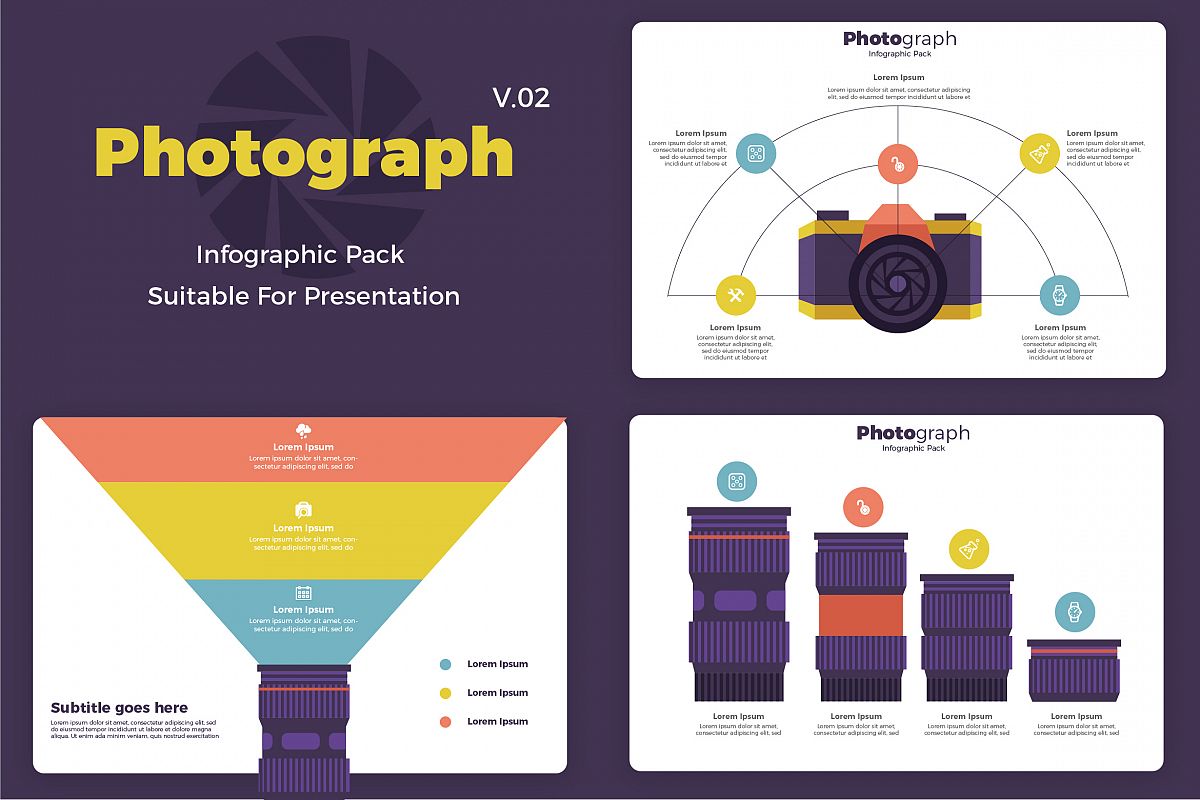Join Us To Uncover Necessary Digital Photography Tips That Will Unlock Your Cam'S Potential-- Prepare To Capture Stunning Photos In No Time!
Join Us To Uncover Necessary Digital Photography Tips That Will Unlock Your Cam'S Potential-- Prepare To Capture Stunning Photos In No Time!
Blog Article
Staff Author-Tobin Kaas
When you first pick up your video camera, it can feel overwhelming with all the settings and alternatives offered. You may find yourself questioning just how to navigate aperture, shutter speed, and ISO successfully. Mastering these principles is vital, yet there's even more to photography than simply technical knowledge. Comprehending make-up strategies and lights conditions can elevate your images dramatically. So, what happens if you could find out easy approaches to enhance your skills and start recording remarkable pictures sooner than you assume? Let's discover exactly how to transform your photography journey.
Recognizing Video Camera Settings
Understanding your cam setups is crucial for recording stunning images. When you get your camera, acquaint yourself with the 3 main settings: aperture, shutter rate, and ISO. Each plays a crucial function in how your photos turn out.
Beginning with aperture, which manages the amount of light getting in the lens. A broader aperture (reduced f-number) allows more light and produces a lovely background blur, best for portraits. On the other hand, a narrower aperture (greater f-number) maintains even more of the scene in emphasis, ideal for landscapes.
Next, focus on shutter rate. This setting figures out how much time your cam's sensing unit is revealed to light. Recommended Internet page up activity, which is great for activity shots, while a slow shutter rate can produce spectacular results like smooth water in landscapes.
Lastly, change your ISO. This setting impacts your camera's level of sensitivity to light. A higher ISO is useful in low-light circumstances but can present sound or grain. Aim for the most affordable ISO feasible while still attaining correct exposure.
Structure Methods
When you're out capturing, structure can make all the distinction in exactly how your pictures reverberate with visitors. Begin by using the policy of thirds; picture your structure split right into nine equivalent areas with 2 horizontal and 2 upright lines. Setting headshot photo near me along these lines or at their intersections to develop equilibrium and rate of interest.
Next, consider leading lines. visit my web page in your scene, like roads or rivers, attract the viewer's eye into the photograph, guiding them via the story you're informing.
Don't ignore framing; usage elements within your scene, like trees or windows, to create a structure around your subject, adding deepness and focus.
Also, keep an eye on your background. A chaotic history can distract from your main subject, while an easy one aids it stand out.
Last but not least, experiment with symmetry and patterns; they can develop a striking photo that catches focus.
Mastering Illumination Conditions
Grasping lights conditions is critical for capturing spectacular pictures, as the ideal light can transform an ordinary scene into something extraordinary.
Beginning by observing natural light at various times of the day. Early mornings and late afternoons use the best light, called the golden hour. The soft, warm tones during these times can boost your pictures magnificently.
Do not avoid cloudy days either; diffused light can lessen harsh darkness and create a pleasing effect, especially for pictures.
Explore backlighting by placing your subject against the light source. This method can develop a dreamy halo impact and include deepness to your images.
Take notice of your video camera settings also. Adjust the ISO, aperture, and shutter speed to suit the lights problems. A greater ISO can assist in low light, but be cautious of grain.
Use a tripod in darker environments to stay clear of blur.
Last but not least, don't forget man-made lighting. Flash and constant lights can be great tools for managing light in challenging problems.
Conclusion
To conclude, understanding your electronic camera does not have to be overwhelming. By understanding your settings, applying composition strategies, and harnessing the power of natural light, you'll quickly raise your photography skills. Bear in mind, practice makes excellent, so venture out there and try out your newfound understanding. With time and dedication, you'll be catching spectacular pictures that show your distinct perspective. Take pleasure in the trip, and do not forget to have a good time while you're at it!
